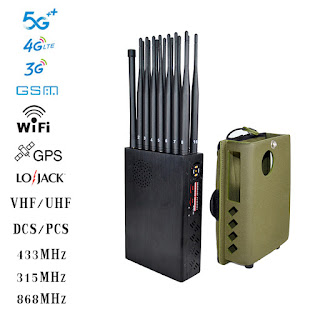SC officials seek new ways to block prisoner cellphone use
Just moments before midday on September 11, 2018, Jared Johns, a former Army private, positioned himself on his bed, activated the camera on his iPhone, and conveyed his final words of farewell to his family.
At the end of the two-minute video, Johns's eyes widened in disbelief as he read a text message on his screen: "She is contacting the authorities, and you will be taken into custody," the message conveyed.
Johns, having completed his duty in Afghanistan, steeled himself with a deep breath before aiming a 9 mm handgun at his chin and firing.
A "sextortion" plot has targeted numerous individuals, including a 24-year-old veteran, who have served or are currently serving in the military. This disturbing scheme involved fraudulent individuals assuming the identities of underage girls on dating platforms. Prosecutors allege that these criminals attempted to blackmail men who responded to their deceptive tactics.
However, the most shocking element of the plot in Johns' case was that it was reportedly executed by inmates at Lee Correctional Institution, a maximum security prison in South Carolina situated approximately 150 miles east of Greenville. Furthermore, the inmates managed to do this using smartphones - banned devices that should have been prevented by the prison's $1.7 million "managed access system."
Officials overseeing prisons, in collaboration with certain federal agencies, have put forth a plan to acquire a more advanced and potentially pricier technology to prevent illicit cellular and Wi-Fi messaging from contraband phones in prison: a signal blocker device that will effectively block all calls within its designated range.
The director of the South Carolina Department of Corrections, Bryan P. Stirling, has stressed that inmates, even while incarcerated, have digital freedom.
However, cautionary voices emerge from experts regarding the deployment of jamming technology, as evidenced by the recent trial conducted by the federal Bureau of Prisons in a South Carolina prison. They emphasize the potential hazards it may introduce to public safety, such as the disruption of emergency 911 calls and other cellphone services in the vicinity. In the context of rural prisons, the concern shifts towards the impact on drivers utilizing local roads and highways. Moreover, these experts assert that the effectiveness of this technology is highly dubious.
Jamming all calls, even to 911
To address the aforementioned issues, corrections officials and federal agencies have suggested the use of cellphone jammers, a technology that has long been opposed by the communications industry. This proposal aims to prevent all calls, including those originating from phones owned by staff or emergency workers.
Managed access systems differ from jammers in that they only allow calls from approved numbers, whereas jammers have the ability to block all frequencies, including data and Wi-Fi, without discrimination. This presents a challenge for the nation's 911 phone system, which operates on a frequency similar to that of commercial carriers.
Strictly federal authorities have the legal right to use jammers, but only in limited cases involving national security. However, with the approval of FCC Chairman Ajit Pai, appointed by President Trump in 2017, and the U.S. Department of Justice, the possibility of implementing jammers in prisons could be considered.
The department and state officials made announcements in September about a test conducted at South Carolina's Broad River Correctional Institution. The test results revealed that a micro-jammer could block calls within a cell block, while still permitting "legitimate calls" just outside the walls.
Nevertheless, the technical report conducted by the National Telecommunications and Information Administration presented a contrasting viewpoint. It specifically mentioned that the test only utilized one of the 14 required jammers to obstruct calls within half of the cellblock. Additionally, the report indicated the detection of jamming signals at a minimum distance of 65 feet, although the significance of this interference on regular cell-phone service remained unclear.



Comments
Post a Comment